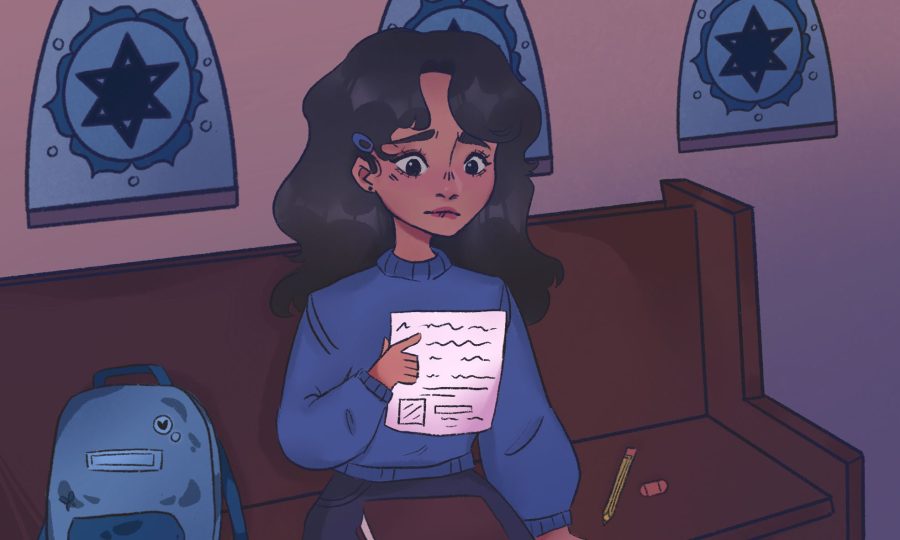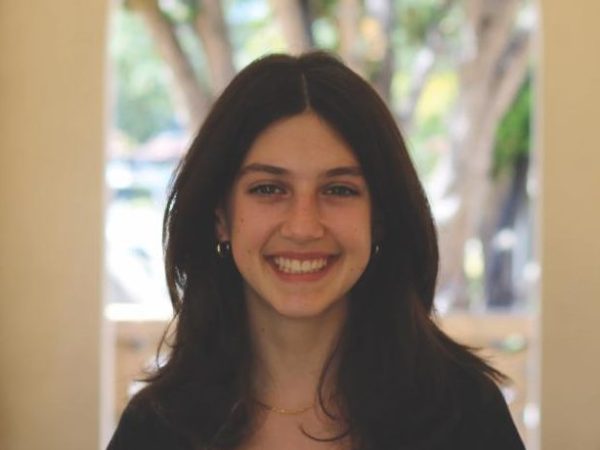The week of Oct. 4 marked the annual celebration of Yom Kippur, arguably the most important holiday in Judaism. The week of Oct. 4 also marked my annual stressful inner battle regarding the decision to miss school and fall behind or feel guilty about not celebrating the Jewish High Holidays.
During Yom Kippur, observant Jews fast for 24 hours to atone for their sins, attend synagogue and break the fast with a festive communal dinner. Yom Kippur ends the week-long celebration of the Jewish new year, beginning with Rosh Hashanah. During Rosh Hashanah, most Jews attend a two-day long service at their local synagogue and enjoy honey and apples, which represent sweetness in the year to come.
As a progressive school district that recognizes many diverse groups of people, PAUSD should add the first day of Rosh Hashanah and Yom Kippur to the list of No School Days in order to eliminate this work-versus-faith dilemma many Jews face.
According to the U.S. Department of Labor, Title VII of the Civil Rights Act requires all public schools to reasonably accommodate students who hold religious beliefs by excusing their religious absences.
However, the vast majority of teachers still aren’t very supportive of students missing class time, especially for a seemingly non-important reason such as a holiday.
By giving all students time off for the High Holidays, Jewish students could focus on celebrating their holidays without stressing over the school work they are missing, and non-Jews would have the opportunity to study, sleep or destress.
While most teachers are willing to give students extensions to accommodate for missed class time for religious reasons, they clearly never check the Jewish calendar when organizing lesson plans. Whether through assigning noteworthy projects during the High Holidays or scheduling a test the day after, it feels as though PAUSD and many teachers simply do not care about inclusivity when it comes to Judaism.
At the bare minimum, teachers should form their lesson plans while considering that a fair percentage of their students will be out on two days for the High Holidays.
The High Holidays are traditionally meant to be days of rest and reflection that include no writing or use of technology. This makes it difficult for Jewish students to attend synagogue and follow the customs without avoiding an overwhelming amount of work from school that they will later have to catch up on their own time.
Some may argue that it is unfair to give time off for holidays from one religion but not others.
Although PAUSD does not publicize demographics on religion, according to the Jewish Community Federation, Santa Clara County’s Jewish population is the largest in the Bay Area.
PAUSD is often portrayed as an inclusive community, however, it has not considered all underrepresented groups of people, such as Jews, when creating the school year calendar.
By allocating two out of 29 no school days to the High Holidays, PAUSD would not only better integrate Jews into the community, but it would be able to uphold its prestigious reputation of supporting its diverse student body.
In order to better support Jewish students, PAUSD should prohibit teachers from scheduling important assignments and tests on or following Rosh Hashanah and Yom Kippur. PAUSD must also consider giving the High Holidays off for all students, Jewish or not, as the next step towards inclusivity and diversity.




